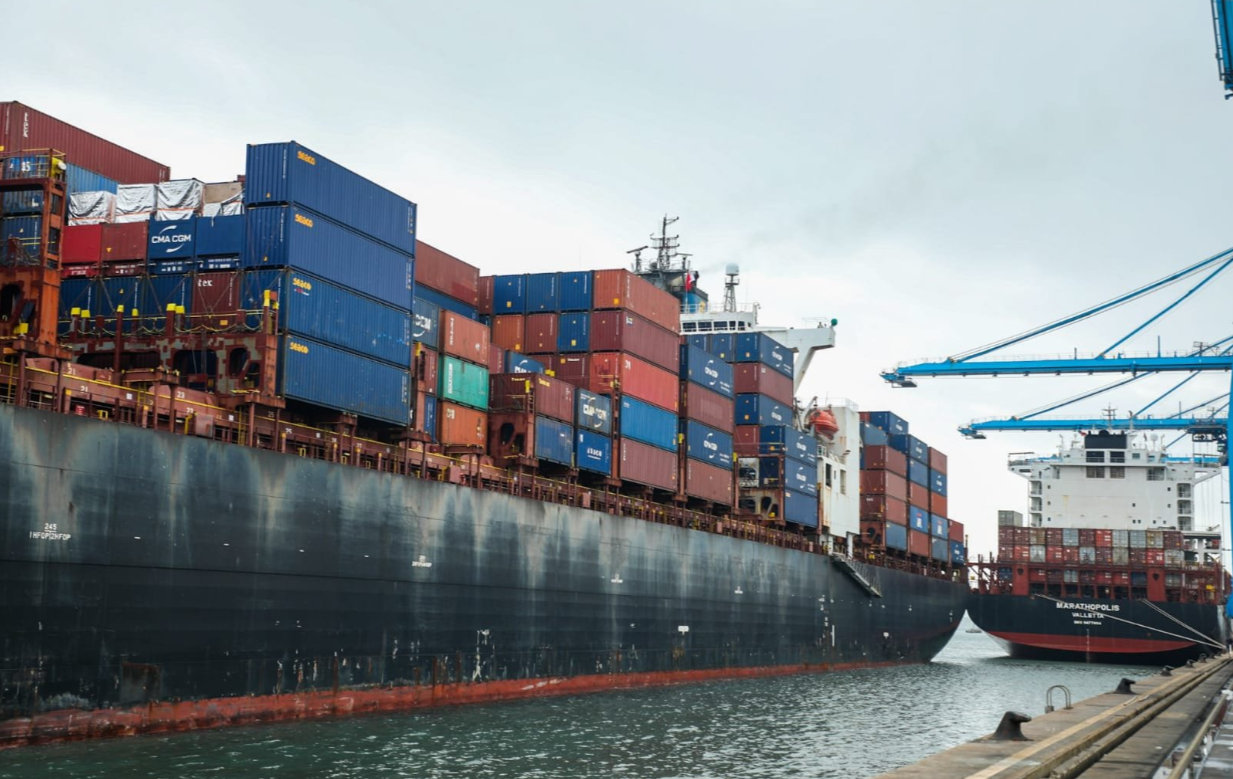

Increased calls by shipping lines at the Port of Mombasa strained its capacity leading to delays hence low ranking in the latest World Bank's 2024 Container Port Performance Index, shippers now say.
The high number of calls, which came with growth in throughput and transhipment volumes, was mainly driven by the Red Sea crisis that saw vessels re-route through the Cape of Good Hope, with some vessels avoiding other ports and opting to drop cargoes at Mombasa for onwards delivery.
The Port of Mombasa was ranked 375th globally out of 403 ports in the World Bank index, falling 89 places from the previous year.
This is pegged on persistent inefficiencies in vessel turnaround with the drop placing the port behind several sub-Saharan African peers, including Dar es Salaam (367th).
According to the Shippers Council of Eastern Africa (SCEA), Mombasa witnessed an unprecedented increase in cargo throughput both containers and conventional cargo, stretching its capacity.
“One shipping line for instance increased vessels call to 20 from eight due to challenges in some ports which experienced congestion and longer vessel waiting time. This put pressure on Mombasa,” SCEA chief executive Agayo Ogambi said yesterday.
Total cargo throughput rose by 13.9 per cent from 35.9 million metric tonnes in 2023 to 40.9 million metric tonnes in 2024.
Container traffic increased by 23.5 per cent from 1.6 million Twenty-foot Equivalent Units (TEUs) handled in 2023 to over two million in 2024. The number of ships docking rose from 1,835 in 2023 to 1,873 in 2024.
Trans-shipments more than doubled from 2.4 million metric tonnes in 2023 to 5.8 million metric tonnes in 2024.
“This was mainly attributed to increased traffic along the eastern seaboard of Africa, driven by the diversion of vessels around the Cape of Good Hope. Congestion issues at other regional ports also led to increased traffic at the Port of Mombasa,” Kenya National Bureau of Statistics says in the Economic Survey 2025.
Meanwhile, shippers have also blamed increase in government agencies interests at the port with varied approvals and numerous permits impeding expedited clearance.
This, even as Kenya Ports Authority continues to improve efficiency including investment in equipment, berths and gate efficiencies.
Although Mombasa ranks lower in the World Bank ranking in terms of vessel turnaround time, it exceeds many peers in terms of throughput, growth in container traffic, growth in transit and transshipment volumes, number of ship calls, investment in infrastructure and modernisation.
“In many concrete and commercial senses, Mombasa is outperforming or competing strongly with East African ports, especially in attracting transshipment, new vessel calls and handling more cargo tonnage,” said Ogambi.
Several
initiatives have been planned for implementation by the Kenya Ports Authority
to address operational gaps and leverage ports efficiency, according to management.
At a stakeholder meeting last week, KPA confirmed that with increased ship calls and cargo volumes at the Port of Mombasa, the authority will deploy additional resources.
These include leasing equipment to enhance evacuation of cargo, increasing manpower at key operational areas and working closely with the Kenya Revenue Authority to provide an additional 10,000 Regional Electronic Cargo Tracking Seals to supplement the current available seals.
“KPA will also make available more gate lanes dedicated for the evacuation of empty containers for repatriation,” managing director William Ruto said.












